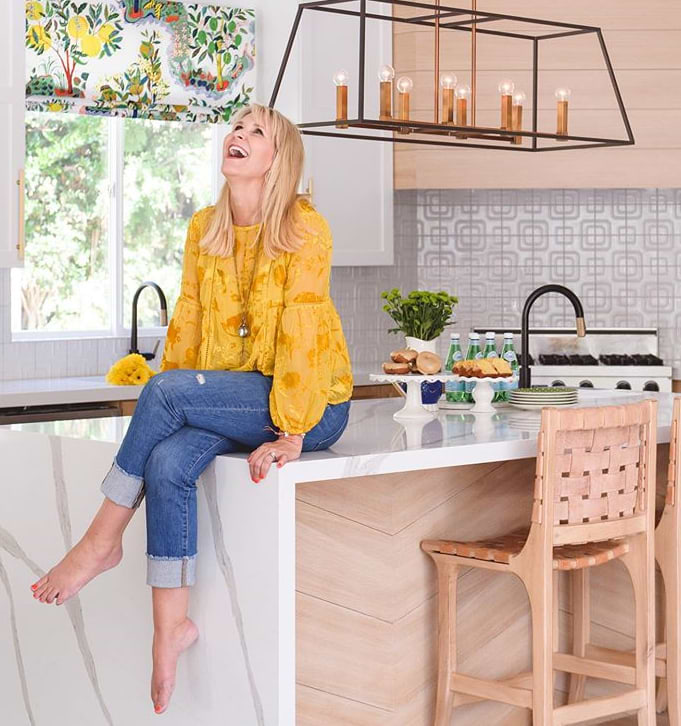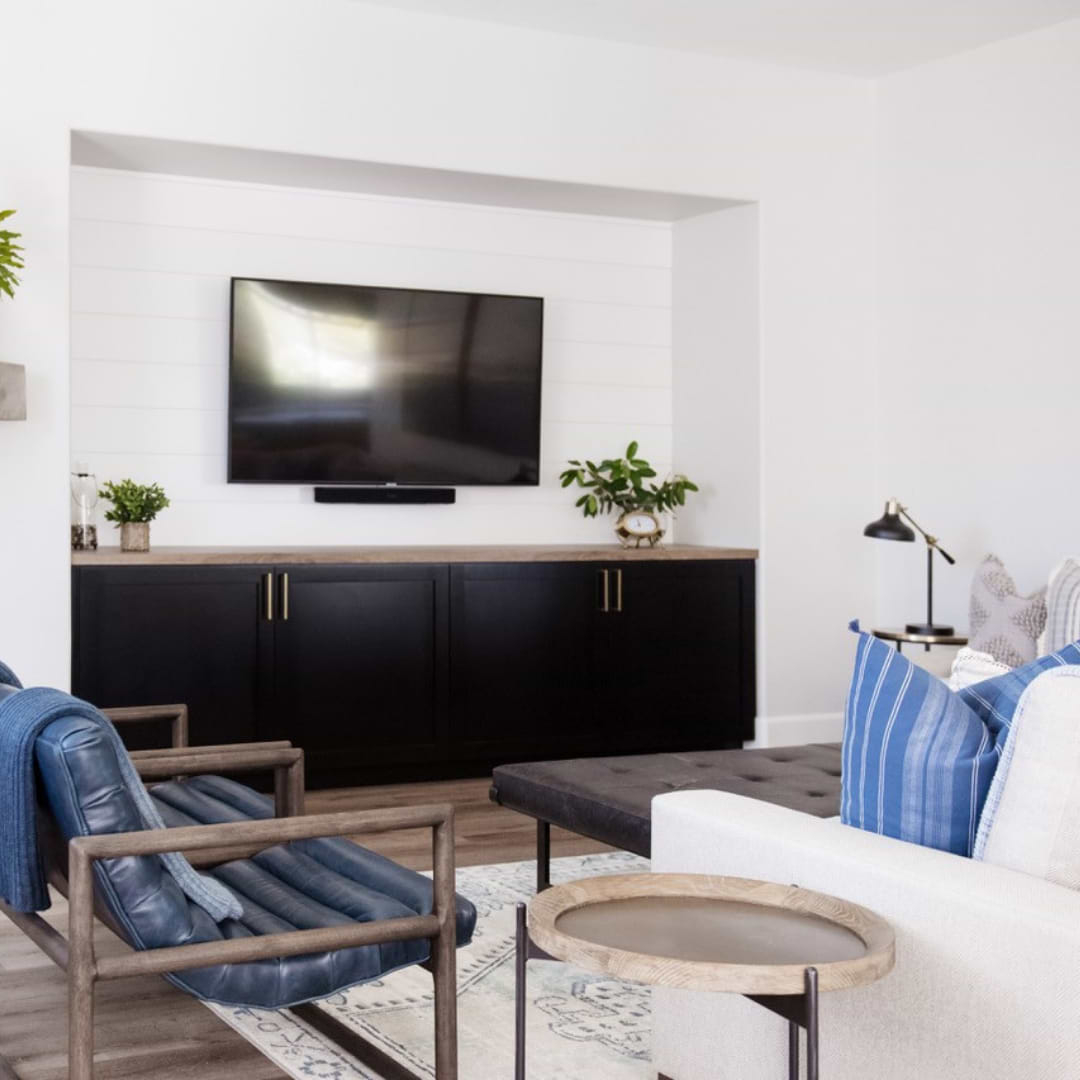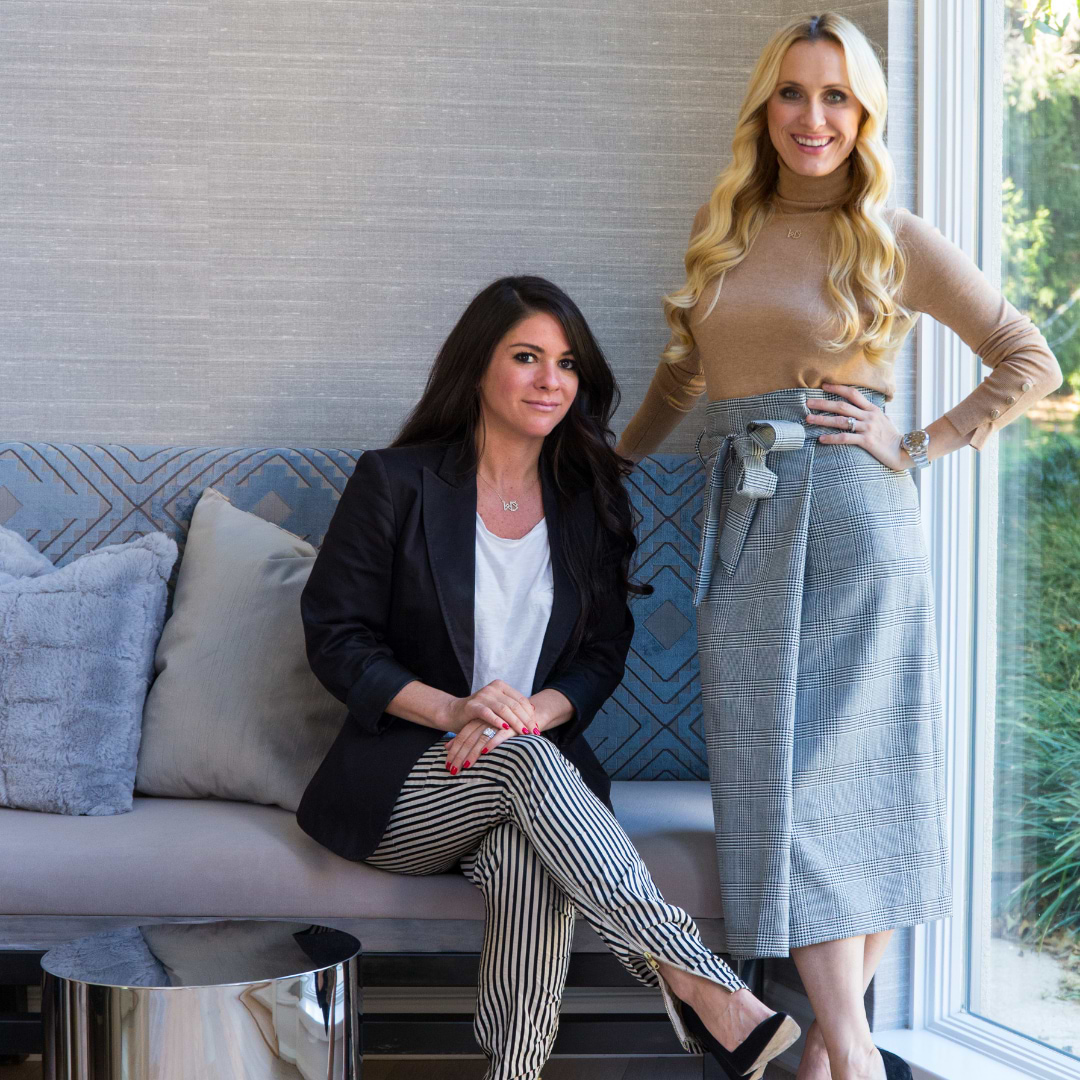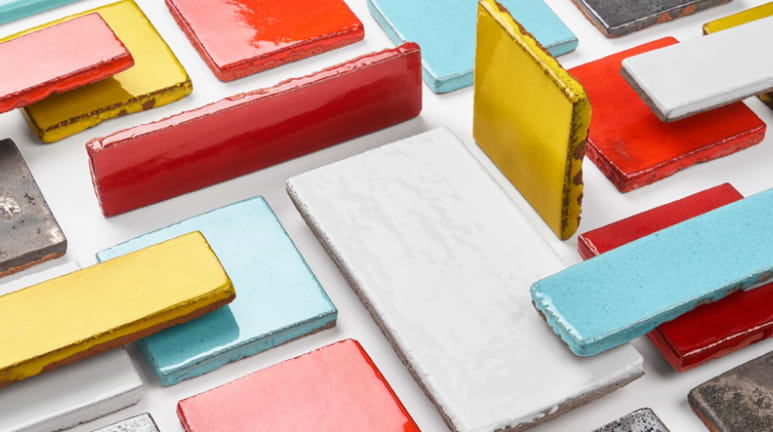Tips Of The Trade: Working With New Clients
When it comes to working with clients, you want to make sure that they have a seamless experience. Between being helpful, and keeping a good rapport, there are many things that you should keep in mind for a successful relationship. To help you navigate the world of client relations within the interior design industry, we spoke to 3 experts that each bring their own point-of-views on what the 3 most important rules are when working with clients.
So, sip on your coffee (or tea!) and dive right into these expert pointers that will help your business grow and relationships thrive.
Expert 1: Susan Wintersteen, Savvy Interiors
1. Be responsive. “Your very first interaction will set the tone for working together, be responsive, have good follow through and be confident in your value add.”
2. Have your systems down. “Make sure you have a cohesive organized process for onboarding a new client. Set their expectations from the beginning so you can focus on the fun part.”
3. Budget + Inspo In Place. “Never start a project without inspiration photos or a budget in place. Never. You will save yourself a lot of hours if you have those two things to start.”
Savvy Interiors Project Spotlight:
Expert 2: Christina and Barette, Widell & Boschetti Interiors
1. Be Transparent. “Be as transparent as possible!! You want your clients to feel like you’re on their side. That you are their advocate, doing things for their best interest. The most important thing is to be honest with your pricing, timeline and as well as the way you work as an interior design firm. Bottom line is you want your client to have trust in your vision as well as the process.”
2. Create a realistic budget. “What to do when their clients can’t — or won’t — commit to a budget. This is a pretty common scenario, and it can happen for many reasons. Maybe your client truly hasn’t figured out how much money they have available for the project, or they need to come to a consensus with their partner. Maybe they do have a general idea of what’s available, but they’re not sure what they can get for that amount. Maybe they thought they were OK with a certain number, but they start to have second thoughts when it comes time to commit to the full amount for the project. Of course, you need a clear sense of how much a client can spend before you get too far Into their project. But instead of seeing the lack of a clear budget as a stumbling block, you should look at it as an opportunity. The lack of initial budget will give you a chance to really show your clients that you’re going to work with them side by side, that you’re committed to finding solutions, and that you’ll be bringing valuable expertise that will enable them to get the best value for their money.”
3. Exceed Expectations. “Understanding our customers’ unique requirements, challenges, and delivering designs exceeding their expectations is what we do. Use the over-deliver method by going far and beyond what was presented, i.e; something so small as quickly answering emails even if you don’t have an answer let them know you received the email and will get back to the client as soon as possible.”
Widell + Boschetti Project Spotlight:
Expert 3: Richard Ryder, Clear Cut Construction

1. Define Inspiration. “First, always determine their style by analyzing inspiration pictures. I tend to send clients to Houzz to look around. I use these pictures to determine how bold of a statement to make with the tile or color in my design. I look for consistent pictures that are also cohesive in architecture and decor.”
2. Kindly Fight Their Fears. “If the inspiration selections are conservative, I try to determine if they are conservative because of their taste or if they were chosen out of fear. Sometimes they are just fearful and may really want something a little bolder but are unsure how to achieve the look. For times like these, I work to help ease them into a bolder choice through explanation. On the flipside, if they decide to stick with conservative style out of personal taste, then I lean more towards timeless tile options (such as the Lancaster and Santa Monica lines). I’ll also suggest a more timeless lay pattern such as the brick pattern and herringbone to shake things up a little.“
3. Remind Them of the Importance of Grout. “I like to avoid losing the tile pattern in a neutral grout. Instead I go with a grout that has a different color tone to make the pattern stand out. If it’s a light tile, then I will use a darker grout and vice versa.”
Clear Cut Construction Project Spotlight:
Did you know we have TileBar Trade Program dedicated to serving design professionals like yourself? Check it out + join today for perks like tile discounts and free samples.



















